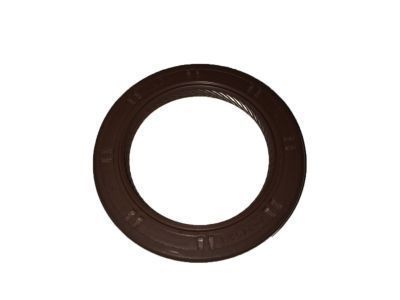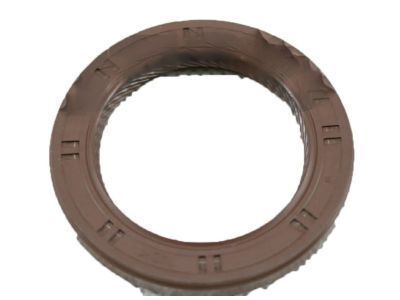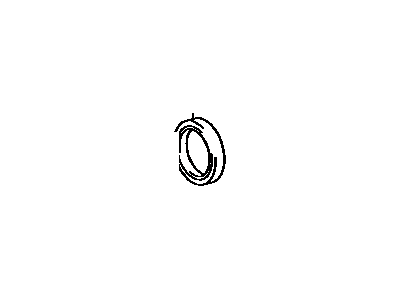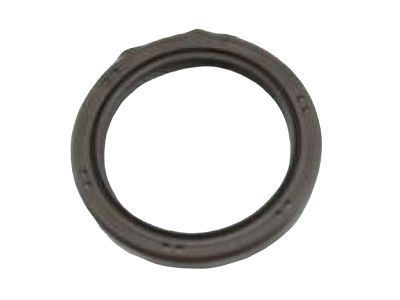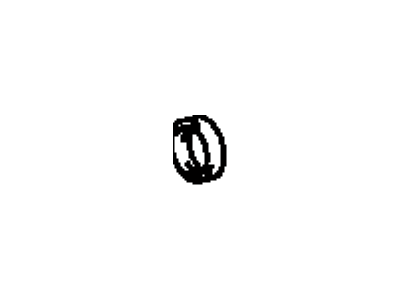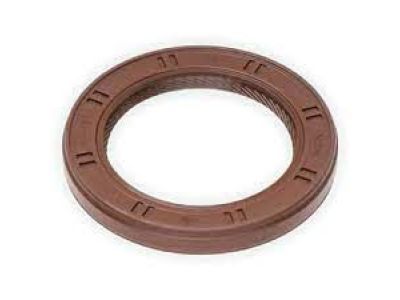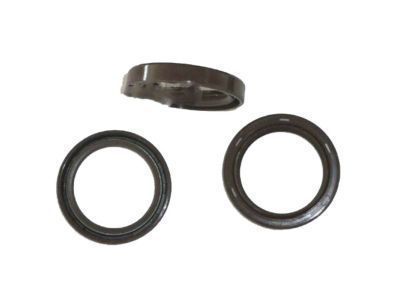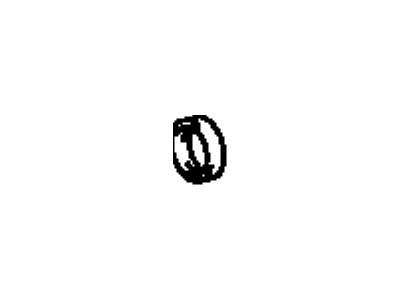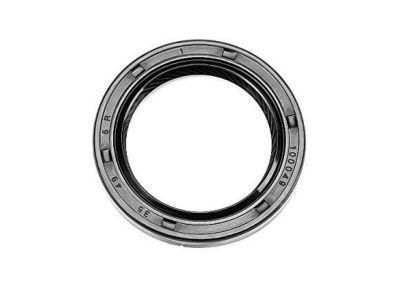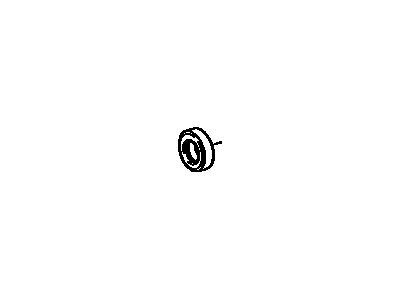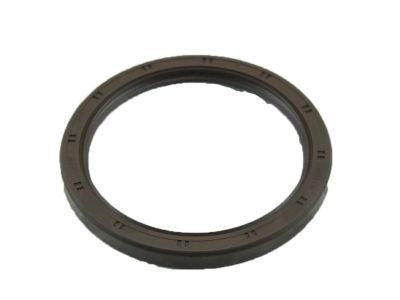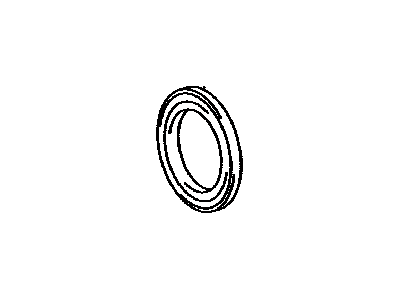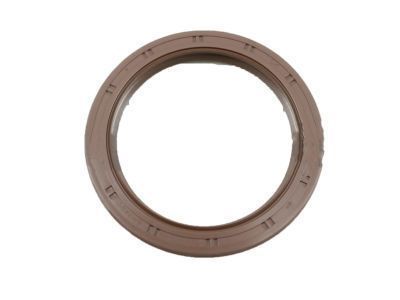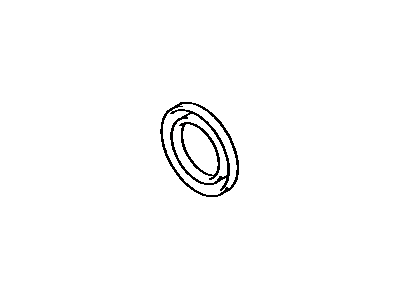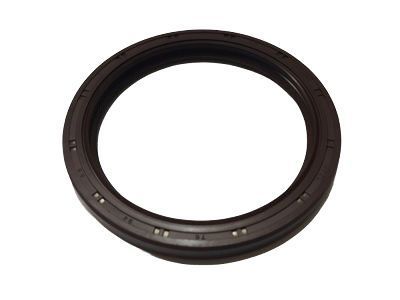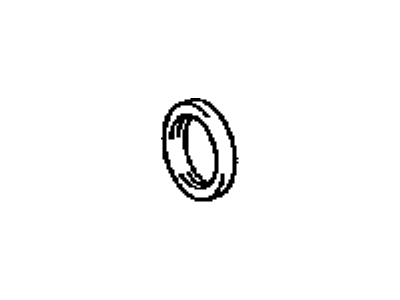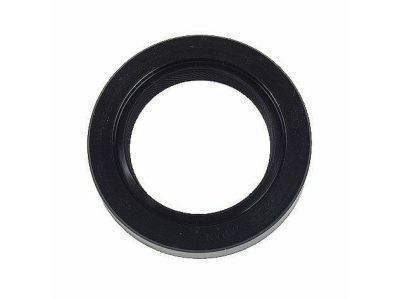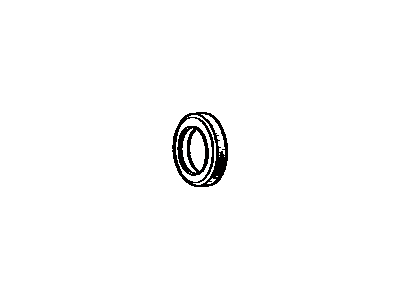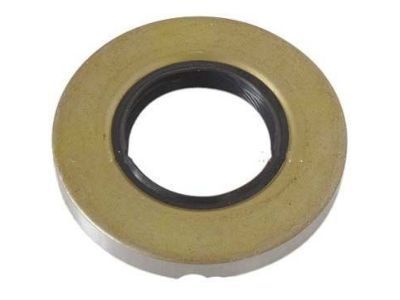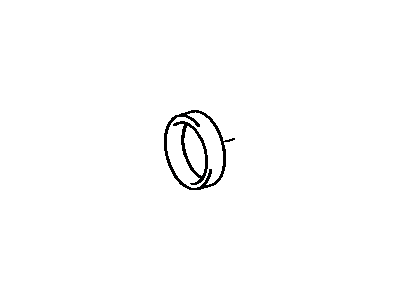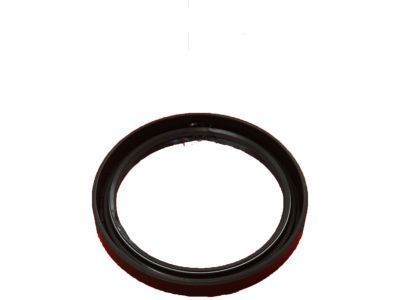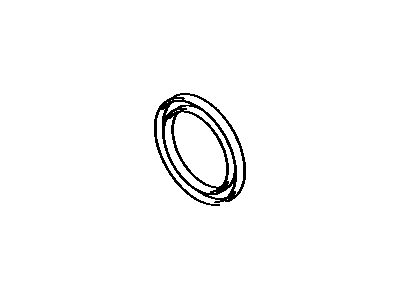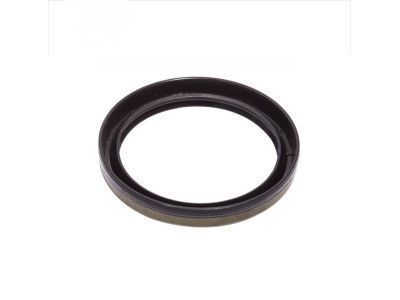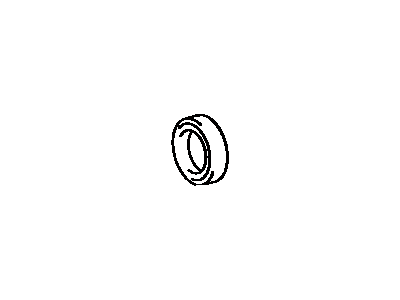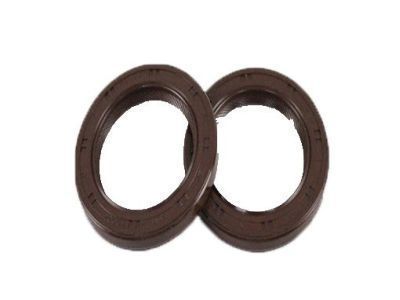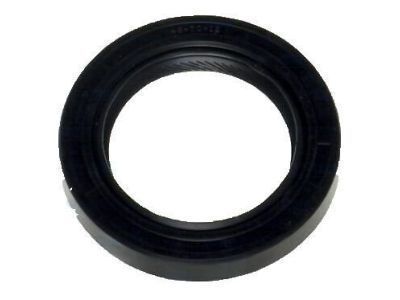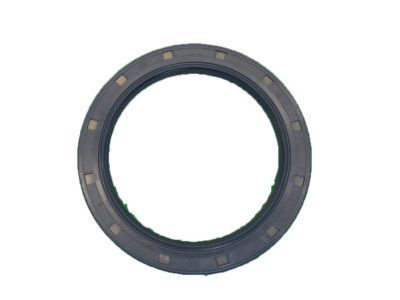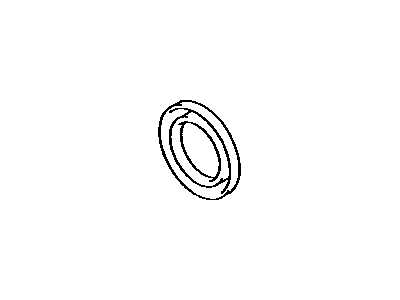

My Garage
My Account
Cart
Genuine Toyota Celica Crankshaft Seal
- Select Vehicle by Model
- Select Vehicle by VIN
Select Vehicle by Model
orMake
Model
Year
Select Vehicle by VIN
For the most accurate results, select vehicle by your VIN (Vehicle Identification Number).
24 Crankshaft Seals found
Toyota Celica Seal
Part Number: 90311-42035$11.53 MSRP: $16.12You Save: $4.59 (29%)Ships in 1-2 Business DaysToyota Celica Seal, Oil
Part Number: 90311-38089$11.77 MSRP: $16.45You Save: $4.68 (29%)Ships in 1-3 Business DaysToyota Celica Seal
Part Number: 90311-42026$11.41 MSRP: $15.95You Save: $4.54 (29%)Ships in 1-3 Business DaysToyota Celica Seal, Oil
Part Number: 90311-38059$9.87 MSRP: $13.79You Save: $3.92 (29%)Ships in 1-3 Business DaysToyota Celica Seal, Type T Oil
Part Number: 90311-35013$12.72 MSRP: $17.79You Save: $5.07 (29%)Ships in 1-3 Business DaysToyota Celica Seal, Engine Rear Oil
Part Number: 90311-85010$34.62 MSRP: $48.39You Save: $13.77 (29%)Ships in 1-3 Business DaysToyota Celica Seal, Engine Rear Oil
Part Number: 90311-70007$38.78 MSRP: $54.21You Save: $15.43 (29%)Ships in 1-2 Business DaysToyota Celica Seal, Engine Rear Oil
Part Number: 90311-76001$44.02 MSRP: $61.53You Save: $17.51 (29%)Ships in 1-3 Business DaysToyota Celica Seal, Oil
Part Number: 90311-45002$15.93 MSRP: $22.27You Save: $6.34 (29%)Ships in 1-2 Business DaysToyota Celica Seal
Part Number: 90311-42003$11.41 MSRP: $15.95You Save: $4.54 (29%)Ships in 1-2 Business DaysToyota Celica Seal, Engine Rear Oil
Part Number: 90311-80001$46.64 MSRP: $65.18You Save: $18.54 (29%)Ships in 1-3 Business DaysToyota Celica Seal, Oil
Part Number: 90311-45069$15.93 MSRP: $22.27You Save: $6.34 (29%)Ships in 1-3 Business DaysToyota Celica Seal, Engine Rear Oil
Part Number: 90311-89001$40.09 MSRP: $56.03You Save: $15.94 (29%)Ships in 1-2 Business DaysToyota Celica Seal, Engine Rear Oil
Part Number: 90311-80004$42.95 MSRP: $60.03You Save: $17.08 (29%)Ships in 1-3 Business DaysToyota Celica Seal
Part Number: 90311-42032$11.53 MSRP: $16.12You Save: $4.59 (29%)Ships in 1-2 Business DaysToyota Celica Seal, Oil
Part Number: 90311-48004$22.48 MSRP: $31.42You Save: $8.94 (29%)Ships in 1-3 Business DaysToyota Celica Seal, Oil
Part Number: 90311-45006$19.62 MSRP: $27.42You Save: $7.80 (29%)Ships in 1-2 Business DaysToyota Celica Seal, Engine Rear Oil
Part Number: 90311-70004$38.78 MSRP: $54.21You Save: $15.43 (29%)Ships in 1-3 Business DaysToyota Celica Seal, Engine Rear Oil
Part Number: 90311-85009$45.68 MSRP: $63.86You Save: $18.18 (29%)Ships in 1 Business DayToyota Celica Seal, Engine Rear Oil
Part Number: 90311-85006$45.68 MSRP: $63.86You Save: $18.18 (29%)Ships in 1-2 Business Days
| Page 1 of 2 |Next >
1-20 of 24 Results
Toyota Celica Crankshaft Seal
If you are in demand for superior quality and affordable OEM Toyota Celica Crankshaft Seal, then shop with us! We own a wide range of the reduced-priced genuine Toyota Celica Crankshaft Seal. You can purchase in confidence as all parts come with a manufacturer's warranty. Any issues with our products? No need to worry as we have a hassle-free return policy to guide you every step of the way.
Toyota Celica Crankshaft Seal Parts Questions & Experts Answers
- Q: How Should the Crankshaft Seal Be Properly Installed on a Toyota Celica?A:The crankshaft goes first, then the main bearing caps are fitted and torqued; the new Crankshaft Seal should then be fitted into the retainer, and then the retainer goes on the block. In the flank of seal contact with the crankshaft, you must ensure that there is no scratch or nick on the crankshaft that will harm the new seal of the lip and cause oil leakage; should this be the case with the crankshaft, a new or a new crankshaft has to be found. The Crankshaft Seal can be taken out from the retainer by means of hammer and punch, while supporting the retainer on wood blocks and noting the depth of the seal recess in the bore to fix the new seal in the right position. The retainer should be clean, and to the new Crankshaft Seal a thin layer of engine oil must be put to the outer edge of the new seal; the new seal must be pressed squarely into the bore; if a press isn't available the housing and the seal can be placed between two smooth pieces of wood and can be pressed into the vise and the force that is applied must be uniform. Lastly, the seal can be driven into the retainer using a hammer, only making sure to use a piece of wood so as not to concentrate all the force to one point. The lips of the seal must be greased with the clean engine or moly-based grease before the seal/retainer is slipped over the crankshaft, and then bolted to the block, after using the new gasket and metal sealant; making sure that the dowel pins are inserted before the actual installation of the seal. Last of all, the bolts are tightened to optimum torque which is slowly increased during the procedure.
Related Toyota Celica Parts
Browse by Year
2005 Crankshaft Seal 2004 Crankshaft Seal 2003 Crankshaft Seal 2002 Crankshaft Seal 2001 Crankshaft Seal 2000 Crankshaft Seal 1999 Crankshaft Seal 1998 Crankshaft Seal 1997 Crankshaft Seal 1996 Crankshaft Seal 1995 Crankshaft Seal 1994 Crankshaft Seal 1993 Crankshaft Seal 1992 Crankshaft Seal 1991 Crankshaft Seal 1990 Crankshaft Seal 1989 Crankshaft Seal 1988 Crankshaft Seal 1987 Crankshaft Seal 1986 Crankshaft Seal 1985 Crankshaft Seal 1984 Crankshaft Seal 1983 Crankshaft Seal 1982 Crankshaft Seal 1981 Crankshaft Seal 1980 Crankshaft Seal 1979 Crankshaft Seal 1978 Crankshaft Seal
